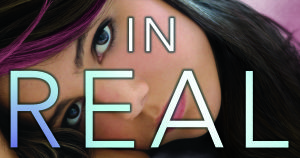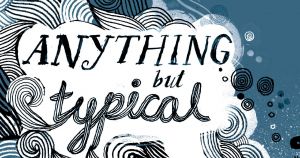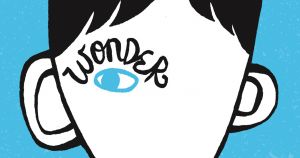
The State of Disability on Book Covers
We take a close look at the state of recognizable representation of visibly disabled characters on book covers.

We take a close look at the state of recognizable representation of visibly disabled characters on book covers.

While Rory’s portrayal isn’t flawless, it’s well researched, and a significant step in the right direction of treating autistic characters as regular teenagers and integral parts of the cast.

Like in real life, autism spectrum disorder alone is never the whole story, and Baskin does a good job balancing Jason’s autism with his writing life, family, school, and budding friendship. She’s succeeded in creating an authentic autistic character who is anything but stereotypical.

In the time since I first read Wonder, my understanding of my disfigurement, and the world it occupies, has transformed. How will I now read and receive what was the most personally representative book of my life?

What’s missing here is not any aspect of how the autistic character is depicted, per se—what’s missing is something subtler in the narrator’s depiction, and in her point of view.

Paperboy is only one character’s experience of stuttering, but it’s an honest one. And in a world where so often these stories aren’t told, that comes across like a breath of fresh air.

We sat down with NYT bestselling author Leigh Bardugo to talk about her most recent series, its depiction of disability, and more!

There are many different ways an author can express a sign language on the page; let’s take a closer look.

Overall, I was very pleased with Al Capone Does My Shirts and how it depicts autism. Moose and Natalie are complex and endearing characters who remain with you long after the book is closed.

Although Laureth didn’t represent me as a blind person, Sedgwick didn’t feed off tropes and stereotypes; instead, he met with many young blind people and found out about their lives.